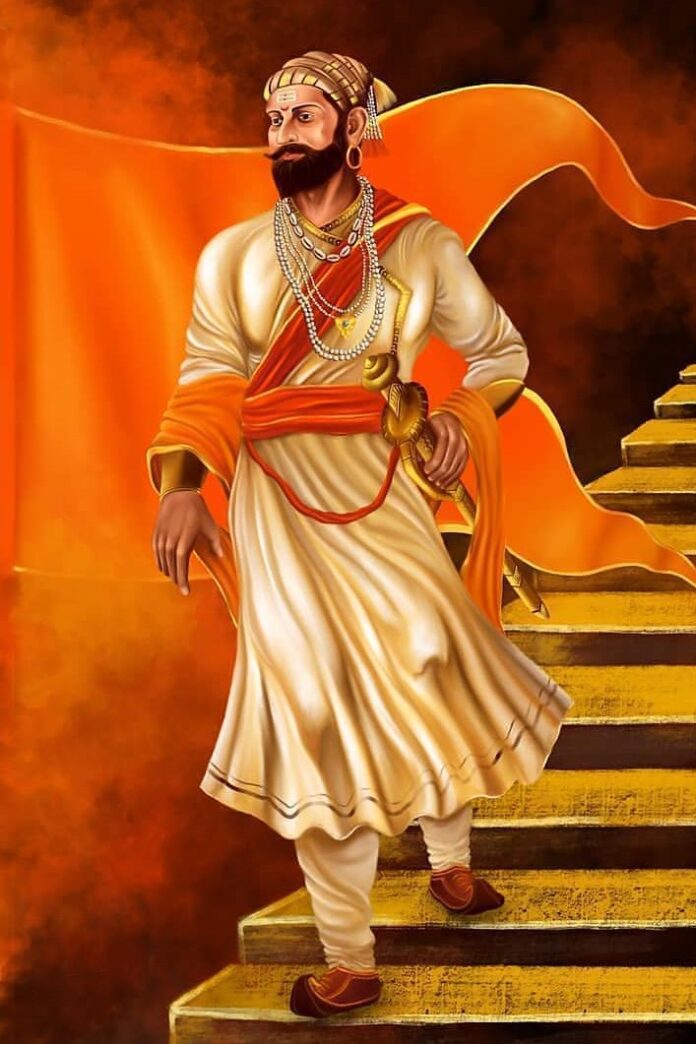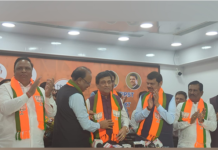The beginning of a Hindu Kingdom in the modern era is marked by the coronation of Chhatrapati Shivaji Maharaj in June 1674. According to the Gregorian Calendar, the coronation happened on 6 June 1674, but according to the Bharatiya panchang (calendar), that day falls on 12 June this year. While most of the popular narrative has been built around Shivaji’s military feats in the popular discourse, there are some lesser known aspects about Shivaji also. He was an administrator par excellence. The way he handled all aspects of administration, especially the agriculture sector, which still remains the backbone of our economy can be the guiding spirit for the modern day administrators and policymakers of India. The same goes for the trade and commerce sector also.
Kedar Mahadevrao Phalke, a Maharashtra-based scholar, has provided a detailed analysis of Shivaji’s work as an administrator in his seminal work The Legacy of Chhatrapati Shivaji: Kingdom to Empire. Phalke went through the original archives and extensively analysed the letters written by Shivaji after his coronation as well as official announcements made during his days as the ruler. He has come up with some astonishing insights about Shivaji’s work as an administrator which seem to be even more and more relevant with passage of time.
Shivaji’s Agriculture Policy:Phalke says (pp285), “There is a letter giving information about the great work done by Shivaji in the field of agriculture. This letter dated 5 September 1676, written to Ramaji Anant, the subedar of Prabhavali, is the soul of Shivshahi.”
This letter reads: “His Majesty has kindly appointed you to the division. You have taken a solemn oath that you will not appropriate anything for yourself and shall serve His Majesty loyally. According to the act, work justly without yearning, for even the discarded stem of a leaf of vegetable. (That does not belong to you). Execute the work of sowing, storing and realization of government dues at the proper time. Revenue settlement by sharing is adopted in the country. See to it that the peasants get their (proper) share and the government its dues. Bear in mind that even slight injustice and oppression of the people would displease his Majesty.”
Shivaji further instructs in this letter, what could be the benchmark for handling contemporary crises in Indian agriculture, “Encourage the cultivators and promote cultivation. Exert yourself and go from village to village. The peasant in the village should be assembled. If a peasant has manpower, oxen and grain to cultivate his piece of land, well and good. But if a peasant has the ability and manpower to cultivate his piece of land but does not have oxen, plough and grain and is therefore forced to remain idle, he should be given cash and made to purchase two or four oxen. He should be given a candy or two of grain for his subsistence. You should get him to cultivate the land according to his ability.”
Those who are offering blanket freebies in present day India in terms of waivers of farm loans can probably take a leaf out of Shivaji’s administrative book in terms of following the principle of economic prudence while taking care of the interests of the farmers. Shivaji demonstrated how the welfare of farmers and the economic prudence can go hand in hand as he further said in this letter, “The money advanced for oxen and grain should subsequently be realized, gradually, and according to his ability without charging an interest. You are authorized by His Majesty to spend up to two lakh larees for this purpose. Make inquiries about the peasants, support them, bring wasteland under cultivation and increase the revenue…If a peasant is ready to exert himself but is unable to pay arrears of dues and is therefore in dire straits, then the realisation of dues should be suspended and a report be made to His Majesty about the promotion of agriculture as well as about the cancellation of such dues. Then His Majesty would issue a decree about the remission of all dues in such cases.”
Phalke underlines a significant difference between the Mughal administration and the Hindu administration under Shivaji in terms of taxing common people for the state revenue, “A lot of firmans issued by Aurangzeb are also available. One can see from these firmans that instead of caring about his subjects, Aurangzeb had issued orders that all those who did not pay revenue should be beaten up by bamboos, their wives and children should be taken away and sold in the market. But there is not a single example of a Maratha ruler forcefully recovering agricultural tax or any other tax from their subjects.”
Shivaji’s Trade Policy:Shivaji’s trade policy that focused on protecting his country’s interests is aptly reflected in a letter dated 7 December 1671 that he wrote to Sarsubedar of Kudal, Narhari Anandrao. The letter reads, “His Majesty has settled a high price of salt from Prabhawali to Kalyan-Bhiwandi. The merchants are purchasing salt from the salt ports in Bardesh (a district of Portuguese settlement of Goa). As the price of salt here is very high, all the merchants would be attracted to Bardesh. Therefore, impose a high custom duty in the passes. Considering the high price of salt in Prabhawali and Sangameshwar as compared to Bardesh, (you should) fix the custom duties so that the salt of Bardesh should be dearer than that of Sangameshwar. If you fail to do this, all merchants would be drawn to Bardesh and (the trade in) our ports would decline. Therefore, the moment you receive this letter, raise the custom duties in the passes so that the price of Bardesh salt should rise above that of Sangameshwar. Do not hesitate in the least. This would be of great benefit to His Majesty. According to the accounts of increasing rates, you should try to increase the rate of salt of Bardesh. You have little salt and there is an agreement. Besides this, make (another) agreement (to execute the directions given above). This matter of salt is a matter of revenue of one lakh rupees. Therefore, act as per guidelines.”
According to Phalke, “Although conquering Delhi was the ultimate goal of the Marathas, it seems that Shivaji’s true goal was the welfare of his subjects.”
Shivaji’s royal seal carried this Sanskrit inscription that confirmed the ultimate goal of the ruler as:
Pratipacchandralekhev Varddhisnurvishvvandita
Sahsoono Shivasyesha Mudra Bhadray Rajte
The meaning of this inscription is: “Ever growing in the splendour like the moon of the first day of the bright half of the month and adored by the world, this seal of Shivaji, the son of Shahji, shines for the benediction of all.”
Written By :Arun Anand @ First Post
(The writer, an author and columnist, has written several books. Views expressed are personal)

Readers like you, make ESHADOOT work possible. We need your support to deliver quality and positive news about India and Indian diaspora - and to keep it open for everyone. Your support is essential to continue our efforts. Every contribution, however big or small, is so valuable for our future.











